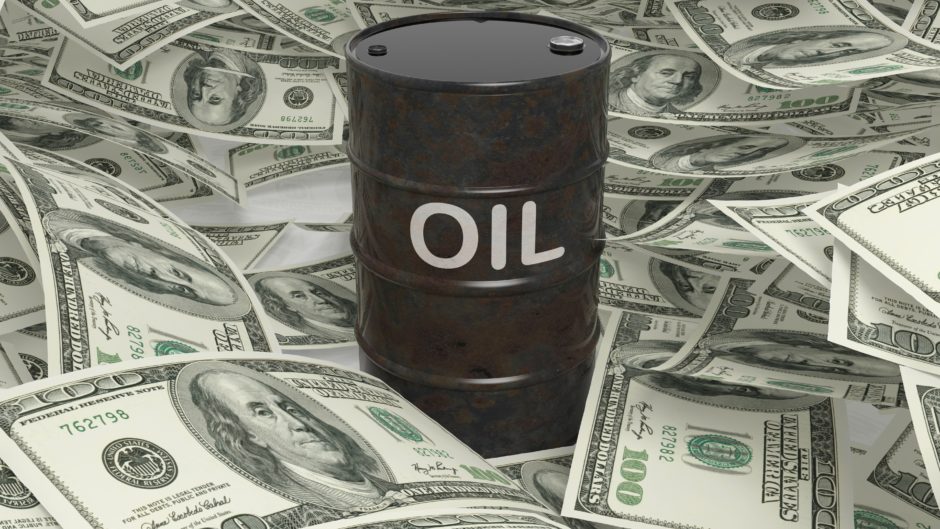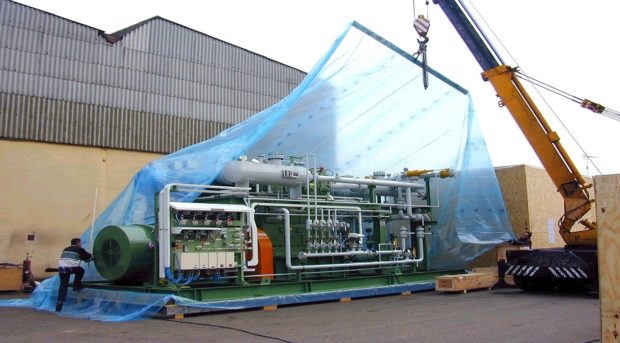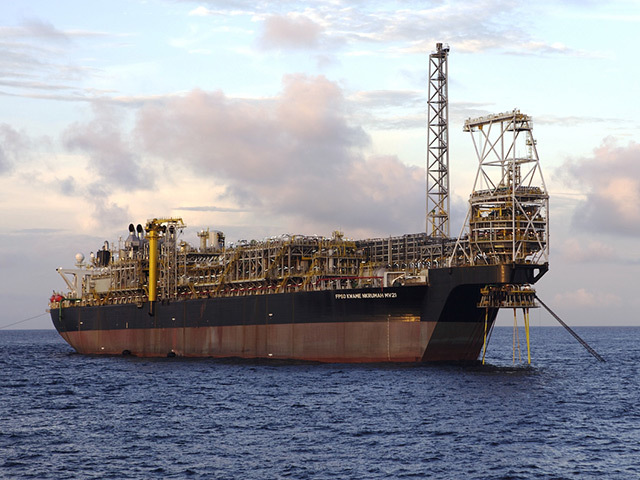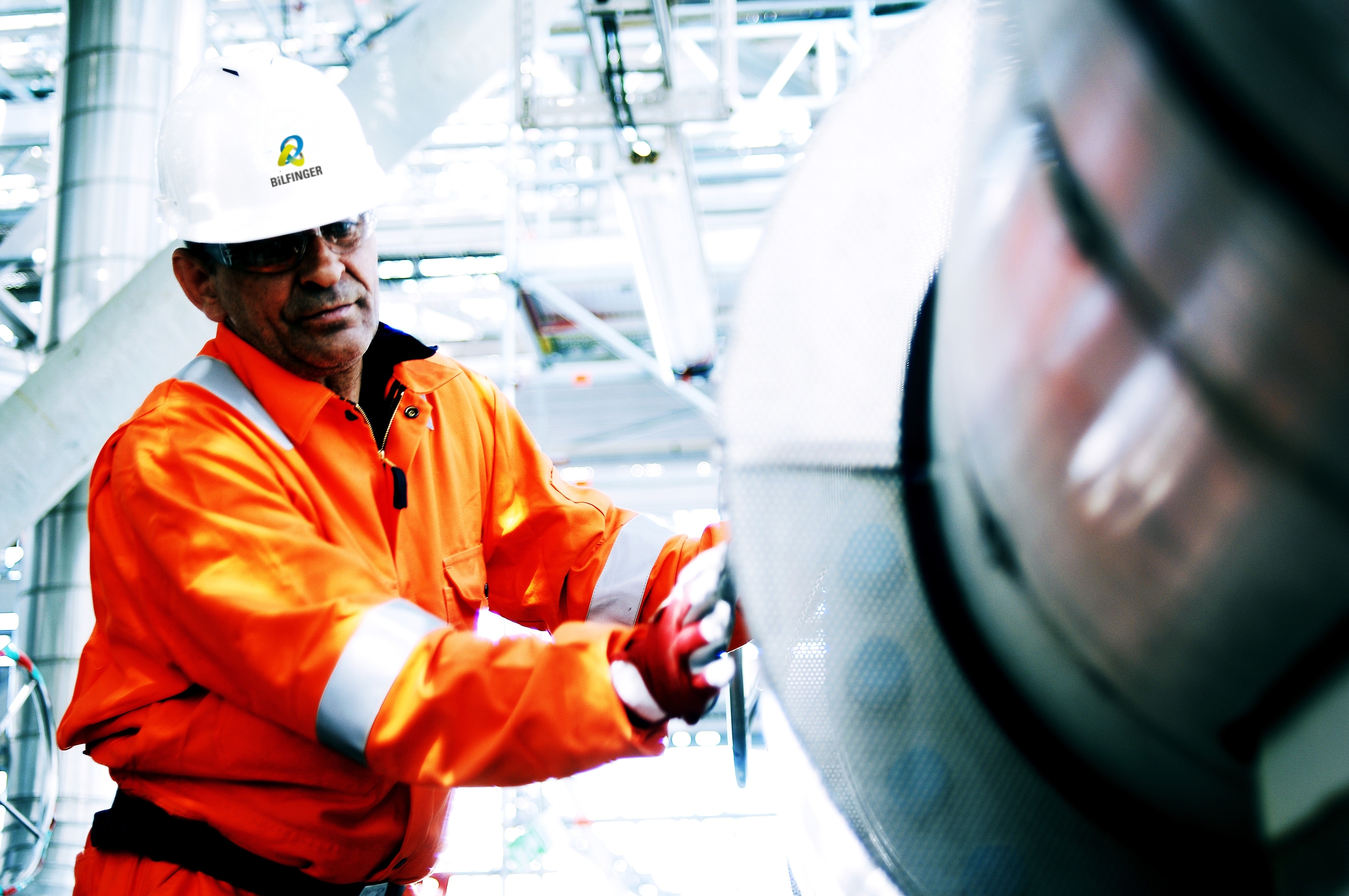
Oil’s historic crash below zero looked increasingly like an aberration as the June contract rose for a fourth day in its last session of trading before expiring.
Amid growing signs of a nascent recovery in demand, deepening production cuts and optimism that the world is getting closer to finding a vaccine for the coronavirus, futures in New York climbed around 2% toward $33 a barrel. The July contract, which was a lot more active, was little changed.
With open interest in June futures at a fraction of later months and U.S. storage facilities no longer full to the brim, a repeat of the collapse that sent the front-month West Texas Intermediate contract to almost $40 a barrel below zero looked unlikely. In another sign traders aren’t worried about a sharp plunge, the premium to pay for out-of-the-money puts on WTI versus calls fell to the lowest since early March, just before the price war kicked off.
Chinese oil use is almost back to pre-virus levels, while a jump in Indian fuel sales shows the worst may be over there as lockdown restrictions are eased. Italians were allowed to go back to restaurants and New York is set to open a sixth region as some of the hardest-hit areas in Europe and North America move ahead with restarting their economies. Crude also got a boost on Monday after American biotechnology company Moderna Inc. said its vaccine showed signs it can create an immune-system response to the virus.
On the supply side, shale oil output from the U.S., the world’s biggest producer, is forecast to fall to the lowest since late 2018 next month, according to the Energy Information Administration. There’s also been a “stunning reversal” in OPEC+ shipments so far in May, data intelligence firm Kpler said, after the alliance’s deal to curb production kicked in at the beginning of the month.
“Optimism is being expressed across all markets, not just oil but base metals are rallying and we’re seeing good support from equity markets,” said Michael McCarthy, chief market strategist at CMC Markets Asia Pacific. However, “markets may be running ahead of the facts in thinking the economies will be back on track quickly once lockdown measures are lifted” and there’s a risk WTI could drop in the short term, he said.
WTI for June delivery rose 2.3% to $32.55 a barrel on the New York Mercantile Exchange as of 1:41 p.m. in Singapore, while the more active July contract was little changed at $31.64. The front-month contract settled above that for July on Monday for the first time since January, signaling concerns over storage capacity in the U.S. have eased.
Brent for July settlement was steady at $34.81 a barrel on the ICE Futures Europe exchange after gaining 7.1% on Monday. The global crude benchmark traded at a $3.17 premium to WTI for the same month.
Chinese oil demand has recovered to about 13 million barrels a day, according to executives and traders who monitor the country’s consumption. That’s just shy of the 13.4 million barrels a day in May 2019 and 13.7 million barrels a day in December. The overall number would be higher were it not for jet-fuel demand, which is still running well below a year-earlier level, they said.





